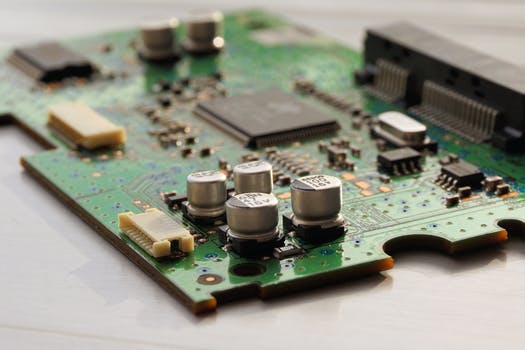
Scales for Moving-Coil Meters
Moving-coil meter movements have a linear scale; that is, a scale in which the space between numbers is equal. The distance that the pointer deflects across the scale is directly proportional to the amount of current flowing through the meter coil.
When the full rated current of a moving-coil meter movement flows through the coil, the pointer deflects full scale; when one-half the rated meter current flows through the coil the pointer will move one-half the distance across the scale, and so on. The reason for this is that the magnetic flux produced by the coil increases in direct proportion to the current, so the interaction of the fields also increases proportionally to give a linear reading. This is not true for moving-iron-type meters.
Scales for Moving-Iron Meters
As stated previously, the scale for a moving-coil meter is linear. If the amount of current through the meter doubles, the distance the pointer deflects doubles; if the current through the meter triples, the distance the pointer deflects triples. This relationship does not hold for moving-iron meter movements, however. Instead, the deflection increases with the square of the current. If the current through the meter doubles, the strength of the magnetic field about each vane doubles. Therefore, the repulsion of each vane becomes twice as great. Since the repulsion of each vane is now twice as great, the combined repulsion of the two vanes becomes four times as great. If the current is tripled, the repulsion of each vane becomes three times as great, and the combined repulsion of the two vanes becomes nine times as great. Thus, the deflection varies as the square of the current, rather than in a linear manner.
Since deflection is nonlinear, the scale of a moving-iron meter must be nonlinear. The numbers at the low end of the scale are crowded, and they are farther and farther apart toward the high end of the scale where deflection is greater.
Edgewise Scales
The standard stock meter movement design uses a broad round or rectangular face that is higher and wider than it is deep. The large face area of the stock meter permits room for the scales to be highly legible and provides room for multiscales on its face.
For equipment where panel space is at a premium, the edgewise reading meter can be used. These meters run deep, but take up only a small rectangular area for the scale. The edgewise meters can be designed for either horizontal or vertical use and are often made available so that they can be stacked. With such an arrangement, a few edgewise meters will take up the same panel space as one stock meter.
Stock meters are more accurate than edgewise meters because their pointers arc in a plane that is parallel to the scale face. With an edgewise meter, the arc of the pointer causes the scale face to curve to the same sweeping arc as the pointer. The curved scale increases parallax error possibilities from one end of the scale to the other.
Contact Us Today
Wondering how you can elevate your legacy test equipment? Browse our products or sell your surplus parts by getting in touch with us today!







